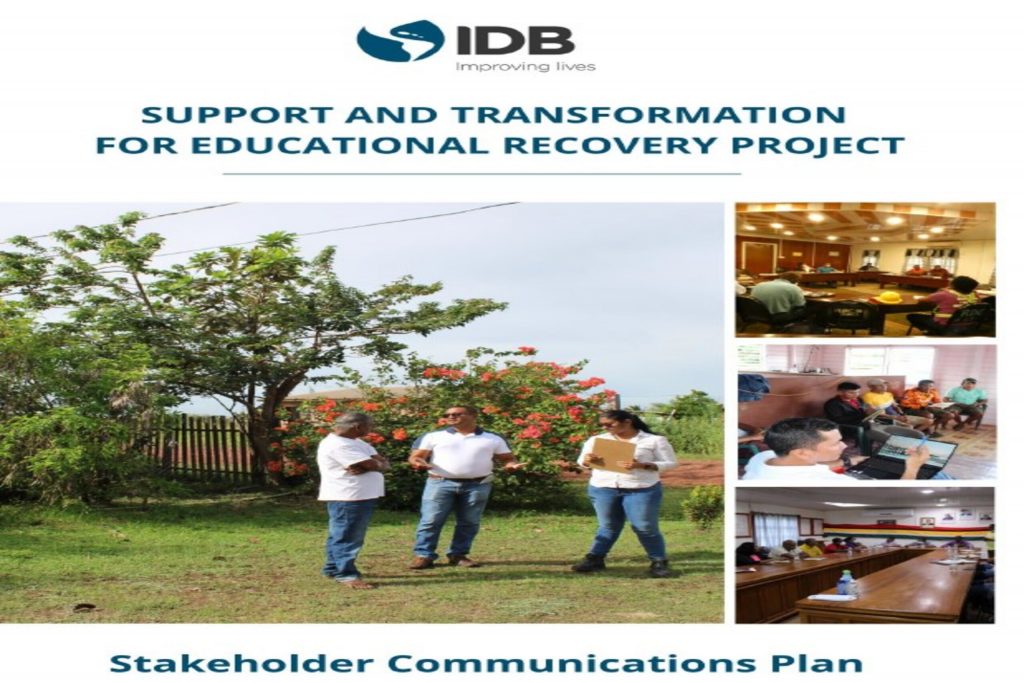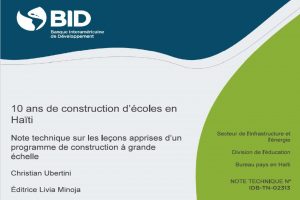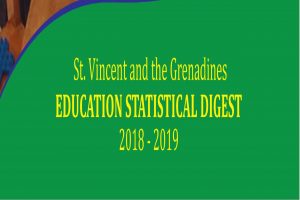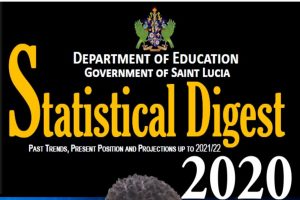Guyana – Support and transformation for educational recovery project
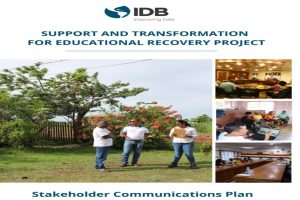
Guyana has progressively moved towards achieving universal primary education in an effort to ensure that children in Guyana are provided with the necessary skills and literacy in order to matriculate to higher institutions of learning, and to meet its target as outlined in the United Nations Sustainable Development Goal 4: Quality Education.
As a targeted approach, Guyana has prepared an Education Sector Plan (ESP) 2021-2025 focusing on Eliminating Illiteracy, Enhancing Tolerance and Improving Education. The ESP sets five priorities: (a) improving governance and accountability; (b) improving performance at all levels; (c) improving the efficiency of the education system; (d) reducing inequities in education; and (e) contributing to lifelong learning and employability.
The Government of Guyana, with the support of the Inter-American Development Bank (IDB), is planning on increasing the efficiency and effectiveness of the delivery of primary education by focusing on accelerated learning and skills development, support for students at risk, technology integration into teaching and learning, education management information system (EMIS) and school infrastructure improvements. This is being done through a project currently being developed by the Ministry of Education (MoE) and the Education, Social Sector (SCL/EDU) of the IDB under the Conditional Credit Line for Investment Project (CCLIP) “Transforming Guyana’s Education Sector” and the first individual operation “Support for Educational Sector”. This project is intended to support the transformation of the education sector to ensure that the country has the required human capital to manage and drive economic growth and diversification.
Improvement in current schools infrastructure will include the construction of four new schools, extension of two schools and improvement of essential services including provision of water, energy and connectivity at 31 schools in the hinterland. The project will also provide devices for both teachers and students at the targeted schools. The proposed interventions align with the Government’s responsibility of providing adequate facilities to reduce facilities inequality, overcrowding, and other variables that prevent access of education. The areas identified for new facilities and school infrastructural extensions have been selected based on the needs assessment conducted within each region by the MoE and was provided to the IDB for consideration. The project is intended to support easier access to primary education to newer communities within Guyana, and ease the overcrowding of existing primary schools within more established communities in order to mitigate the unequal delivery of education.
Components 1 and 2 of the project requires civil works. The project will offer support to the primary education system to construct four new primary schools, extend two existing primary schools and provide essential services for thirty schools located mainly in the hinterland areas. Electronic devices for both teachers and students will be provided at the targeted schools. According to the Bank’s Environmental and Social Policy Framework (ESPF), the project has been classified as a Category B. Under this classification, the project is not likely to generate any significant environmental or social impacts through the application of effective mitigation measures and the Banks’s safeguards measures. However, the project needs to satisfy the requirements of the Banks’ Environmental and Social Performance Standards (ESPS). ESPS 10, which addresses Stakeholder Engagement and Information Disclosure, was deemed relevant to the project by the IDB and as such, a Stakeholder Engagement Plan (SEP) or a Stakeholder Communication Plan (SCP) is required to be prepared. In this regard, this SEP has been prepared and will provide guide to the MoE on the communication and engagement with stakeholders during the implementation of the project.

